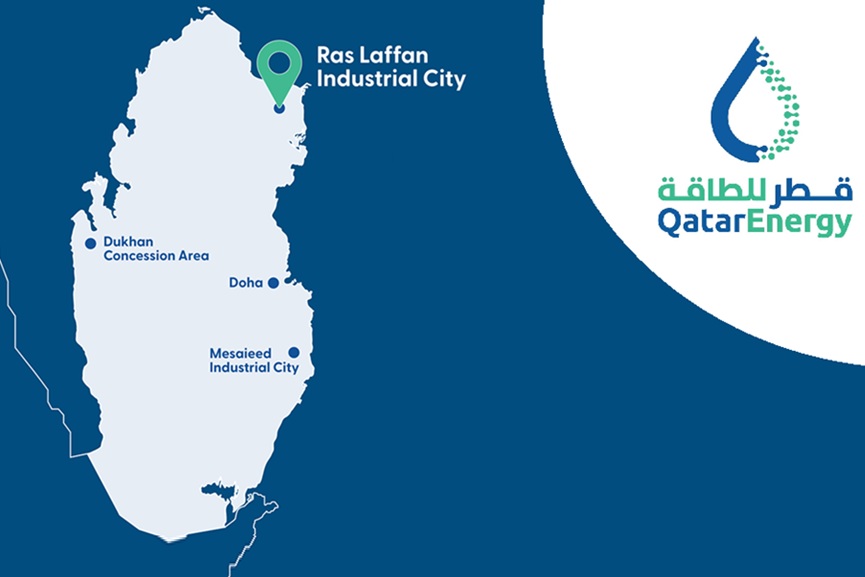
The agreement reflects a strategic step by QatarEnergy to bolster its low-carbon footprint amid growing pressures on LNG producers to manage greenhouse gas emissions. President and Chief Executive Officer Saad Sherida Al-Kaabi emphasised that the project forms a core part of QatarEnergy’s emissions-reduction roadmap and aligns with national climate-action objectives. According to industry commentary, the company intends to scale its carbon-capture capacity to more than 11 million tonnes annually by 2035.
The Ras Laffan site presents a favourable deployment case: its existing liquefied natural gas production operations generate significant CO₂ streams from feed gas processing, providing a ready source for capture. Previous documentation indicates that QatarEnergy’s North Field East LNG expansion includes one of the world’s largest planned CCS units for an LNG facility, reportedly targeting more than a 25 per cent reduction in emissions compared with conventional trains.
Samsung C&T’s EPC remit covers capture, compression and injection infrastructure. The contract encompasses design and delivery of major modules, storage-well interface and tie-ins with Ras Laffan operations. Analysts view the deal as a vote of confidence in Samsung’s track record in large-scale industrial projects, and in QatarEnergy’s ambition to integrate CCS at LNG hubs. The awarded contract comes amid a notable uptick in energy transition investment in the Middle East, where CCS has emerged as a critical tool for legacy hydrocarbon producers to decarbonise while sustaining export volumes.
Despite the technical ambition, observers underscore several operational and policy risks. The scale of capture at 4.1 Mtpa puts the facility in near-frontier territory for LNG-integrated CCS. Injecting and reliably storing large CO₂ volumes demands robust monitoring, verification and long-term storage integrity—areas where few precedents exist at this scale. On the policy side, the global carbon-management framework remains fluid: price signals, regulatory regimes and demand for low-carbon LNG continue to evolve, which could influence project economics.
From a market perspective, QatarEnergy’s announcement provides a signal to buyers of LNG that the company is adopting a lower-emissions model—a factor that could strengthen its competitive position as global gas consumption faces decarbonisation pressures. Given the company’s existing LNG export leadership and its North Field expansion plans to raise capacity significantly, the CCS facility could help underpin a branded “low-carbon LNG” offering for customers in Asia and Europe seeking cleaner supply chains.
Financially, while contract terms remain undisclosed, the inclusion of CCS in major LNG projects aligns with cost trends indicating that capture and storage add 10–20 per cent to conventional liquefaction + export capex. Some estimates suggest that cost declines will stem from scaling, new materials and shared infrastructure such as common CO₂ pipelines and storage hubs. QatarEnergy’s choice to integrate at the Ras Laffan cluster allows it to leverage existing site infrastructure and feed-gas networks, thereby reducing standalone CCS site cost premiums.
The industry is watching for the next milestones: awarding of the front-end engineering design phase, final investment decision, construction timeline and phased commissioning. Project sequencing will influence whether QatarEnergy meets its stated capture-capacity goals. It currently operates an earlier CCS unit at Ras Laffan with about 2.2 Mtpa capture capacity, which provides a track record albeit at roughly half the scale of the forthcoming installation.
Topics
Qatar
